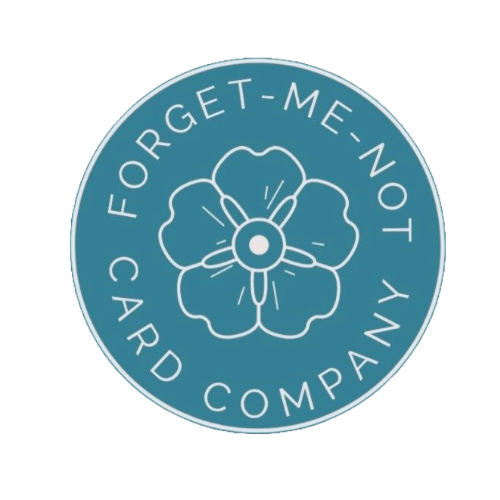Transcending Tattoos
Loose Water Coloring
Good day, fellow crafters. Today my featured card was designed based on the Transcending Tattoos course at Altenew Academy. The particular methodology I am employing comes from the water coloring section as if you didn’t see that coming if you have followed me for any length of time. The best definition I could find for loose watercoloring is that it is “a popular painting technique that involves using watercolors in a freeform and spontaneous manner. It's characterized by fluid, expressive brushwork and a lack of strict attention to detail.” The method was also described as “ to create a loose watercolor painting, artists often dilute their pigments with varying amounts of water, allowing the colors to blend and flow together naturally on the paper. This technique can result in beautiful, ethereal, and unpredictable effects, making each piece unique. Artists may use wet-on-wet or wet-on-dry approaches to achieve different textures and effects in their work.” In the example I am going to show you below, I employ the technique shown in the class and will describe what I did to get the look I ended up with but note that the perfectionist in me just could not leave any white space or bleed throughs when I was creating like many of the project examples you may see for this technique. I hope you enjoy my submission.
To create this card I first began with some cold press watercolor paper, the Darling Rose stamp set by Altenew, featured left, and some black ink. Using my Misti stamping tool, I aligned all of the stamps so that they would fit on my paper, inked up the stamps thoroughly, and then stamped the image. I usually make a point to stamp at least twice and to ensure that I apply even pressure on the stamps when completing this step on my projects because it ensures a clean transfer of the image with adequate coverage of the ink. This is particularly important when using clear inks for embossing work.
Unlike most of my watercolor works, I purposefully did not heat emboss this image. This is because part of the process in this technique is to allow the water and pigments to mix and flow and a resist won’t allow that to happen, additionally, I allowed the color to cover everything and leave no white spaces. I next took my stamped image and attached the paper securely to my work surface. After filling a small cup with water I retrieved my watercolor brushes and my pigments. For this project, I opted for a 12-color pan of Altenew watercolor media.
Now the fun part. The technique I employed was to lightly dampen the area of my image that I wanted to color with just a little bit of water and then, taking the edge of an X-acto knife and the color of choice, scraped bits of dry pigment onto the water. Next using a dampened round brush I moved the color around the image until I was satisfied with the coverage. At this stage, you can either continue with adding just a little bit of the pigment to new drops of water to continue creating layers of pigment, or you can use your heat tool to dry it first. Each method will leave you with slightly different looks. In this case, I covered all of the areas I wanted to be covered with one pass, and once done but still wet, I added more water and then more of the pigments to build up my colors. I then set aside my paper to allow it to thoroughly dry.
The next step was to create the background panel. To accomplish this I thought a bit about the process of tattooing, which lead me to think about the needles, which lead me to think about sowing and needle work, which lead me to use the Altenew Dotted Swirls cover die, featured right, in this project. I really love the way that it look like a needle work pattern ready to be sewn. I chose to use this die with a light gray cardstock so as to not take away from my image and I think it was a good choice because the gray is very subtle and muted. I next trimmed the panel to its final dimensions, as well as cut down a black mat for visual appeal. As always I cut away most of the center of the mat so as to not waste materials, then adhered the two together with double-sided tape. I then adhered the composite to a light pink rose card base and set it aside.
The next stage was to embellish the card. The first step was to use the piece of black cardstock I removed from the mat and the Altenew All About Thanks die set to cut out the sentiment. I then used Ink on 3’s Liquid Pixie Dust spray to give the sentiment and my colored images some shine and allowed it to dry. Since I don’t like white space, my next step was that I then fussy cut around my floral images and leaves. Once finished I arranged all the pieces the way I wanted and adhered them together with some liquid glue. I then adhered them and the sentiment to the background panel. Finally, to finish off the card I added some flat-backed iridescent drops to give the illusion of morning dew on the petals.
This was an interesting technique and one that I suggest at some point that if you enjoy watercoloring you give it a try.





